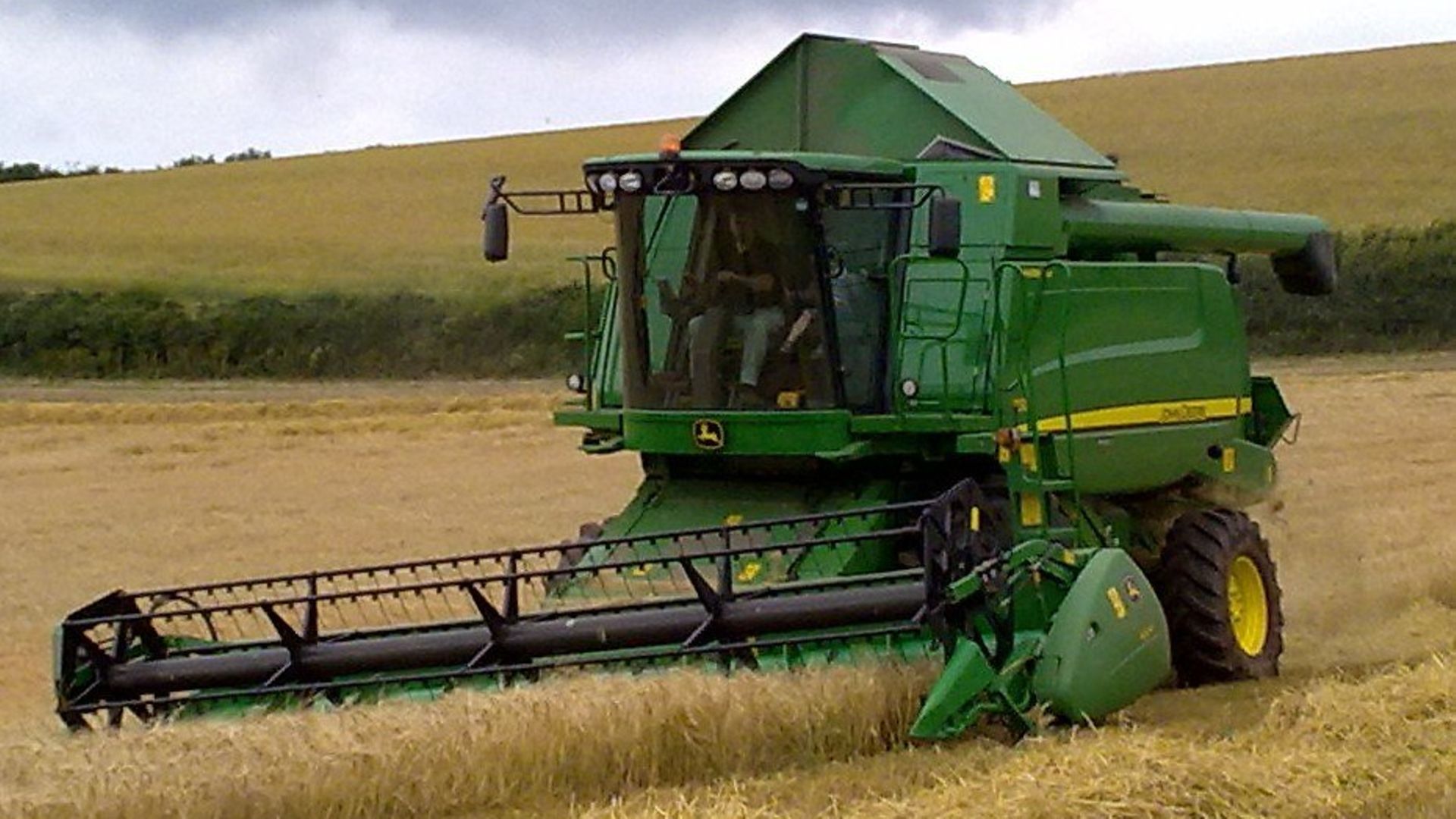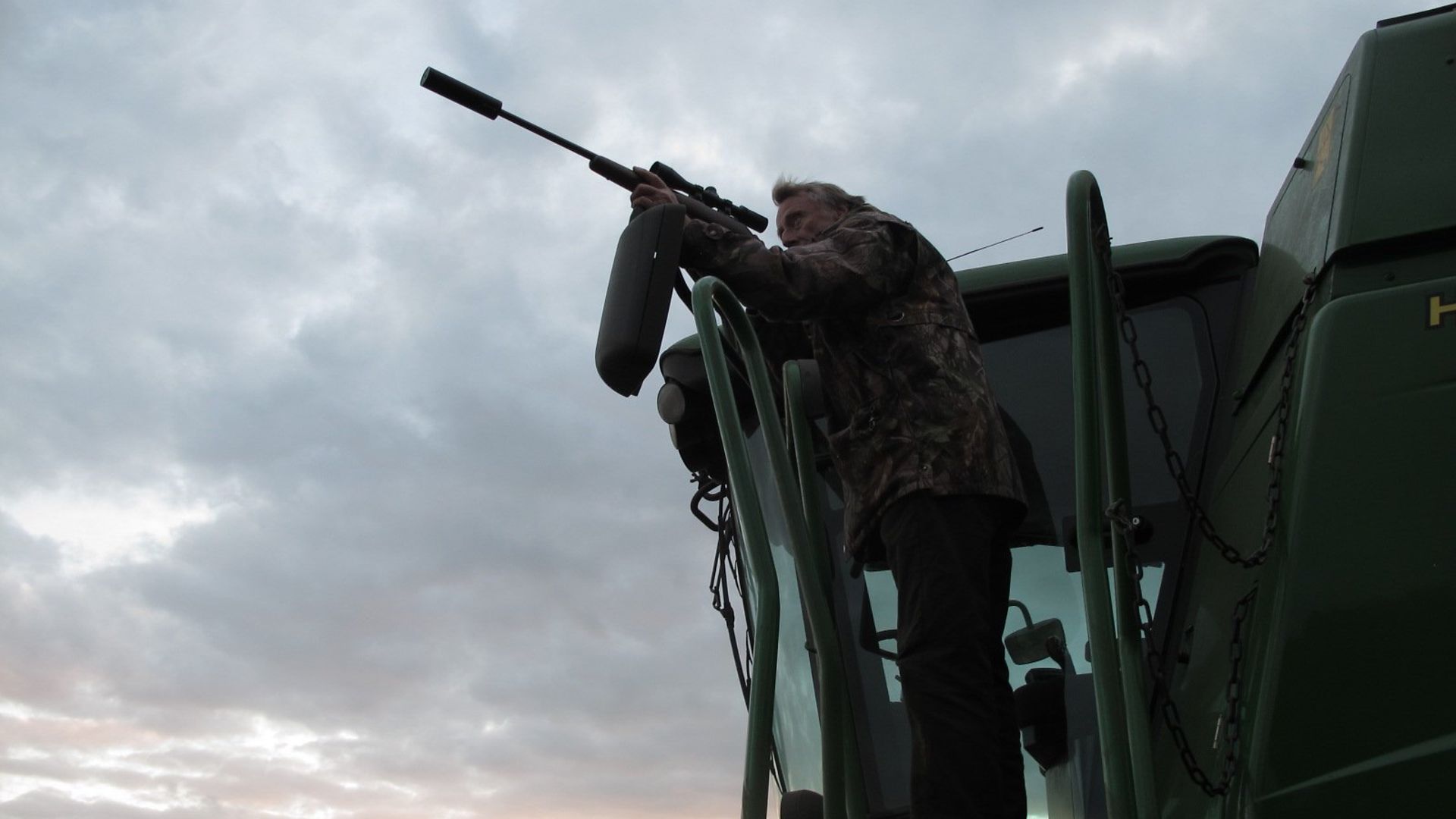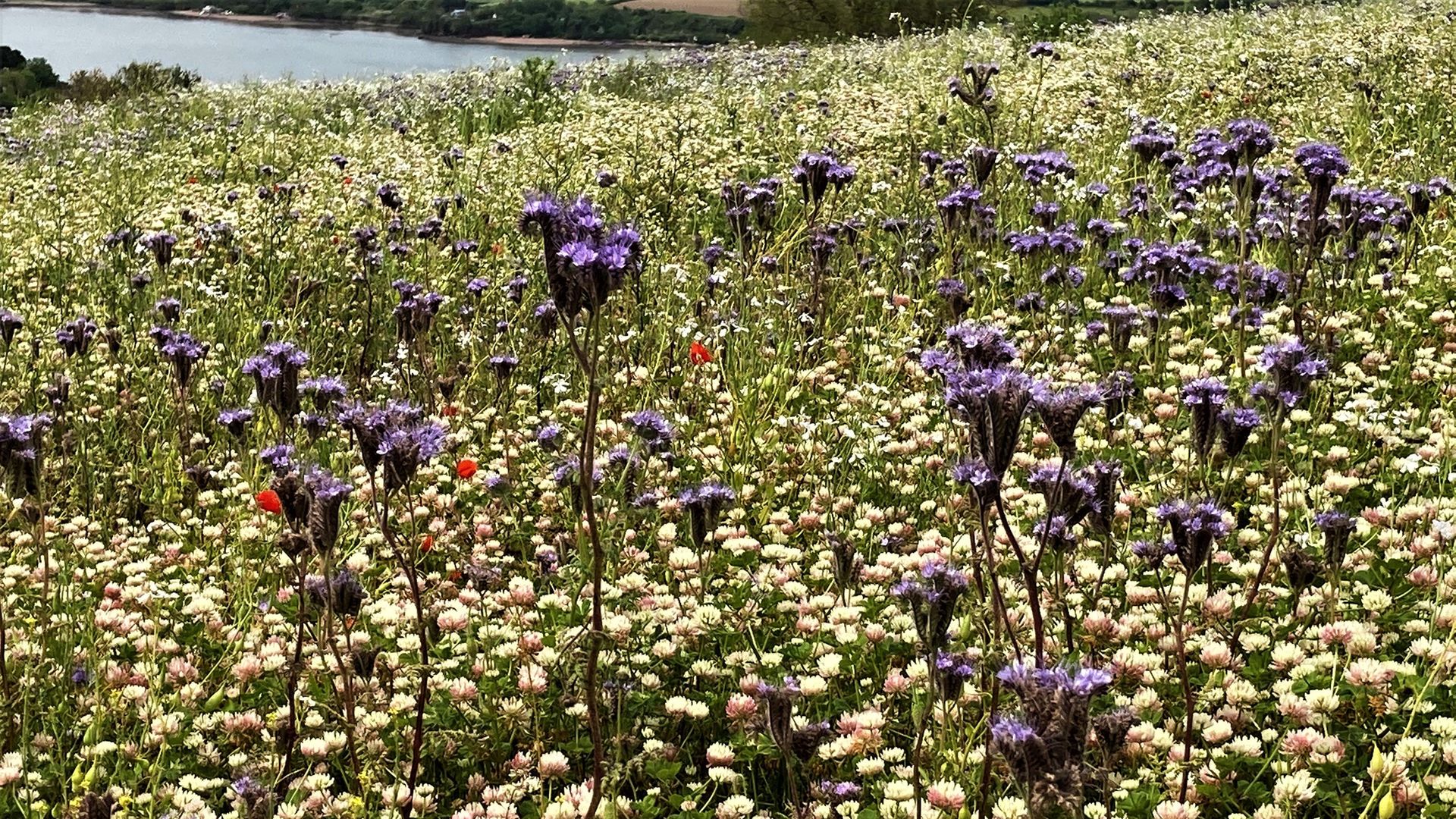Mike Powell sets to work on some late summer foxing and considers the impact of eco-friendly diversification down on the farm
So far, it really has been a very busy year as far as my fox control activities are concerned. There has undoubtedly been a significant increase in the number of foxes in my own area, which I put down to the Covid-19 lockdown. I live in a holiday area that is inundated with visitors each summer, and traffic along the coast road is extremely busy just at the time the cubs are starting out on their hunting career.
Each year sees a number of dead cubs by the roadside, but during the summer last year the roads fell silent and I think I saw just one dead cub. Without a doubt, this has had an effect on just how many foxes have produced litters and as the year moves towards harvest it looks as if there will be busy times ahead.
 credit: Archant
credit: Archant
Harvest is a good time to go foxing
Traditionally, harvest (both rape and cereal) has been the time of year when many foxes are taken, as is the case earlier on when hay and silage cuts are in progress and the fields provide easy pickings. Cubs at harvest time are almost fully grown and will have been hunting more or less on their own for a while but will still be in contact with the vixen, occasionally producing the triple locating call mistaken by some to be early signs of mating! Where there is a need to reduce the numbers of foxes in an area, this is an excellent time to do so.
Adult foxes are well aware of the free meals available after the combine has done its job and will, in many cases, be working between the rows of straw the same night; cubs too will be drawn to the stubbles by the activities of the adults. Over the years that I’ve been involved with foxes, there have been several significant changes in their behaviour and whilst in the more remote areas of the country they are still very wary of us humans, in many areas (my own included) they have lost much of that fear and wariness to a large extent.
This is down to a number of factors but corn harvest is a time when it really shows the change. As a lad, when fields were opened up with scythes to allow the binder to do its job, you wouldn’t see a fox in the stubbles for a day or two; now it’s very different. Only last year, I was waiting out in a field where the combine, a trailer, the farmer’s 4x4 and a few cans of diesel had been left in the middle of the field after work had finished for the day and a fox wandered across and inspected everything and even scent marked the wheel of the combine!
 credit: Archant
credit: Archant
Shooting foxes over stubbles
Shooting foxes on the stubbles is really quite straightforward. Many of us use a 4X4 and drive round after dark covering very considerable areas. Personally, I prefer to set up either in the Hilux, in a temporary hedge hide, or even use farm equipment, and wait. The 4x4 has to be my favourite as in the vast majority of cases it’s totally ignored.
A caller set up under a handful of straw works well for the cubs using either a pheasant distress call, cub distress, or the usual rabbit scream. When using the latter, I much prefer to use it on a fairly low volume and use the call in quite small bursts. To my mind, using a call for very prolonged periods is quite unnatural as you would never hear this in nature.
Adult foxes tend to ignore calls when on the stubbles as bits and pieces of small mammals provide an easy option, something most foxes will take advantage of. When after foxes on the stubbles, it really does pay to get there in the first couple of days after combining. The scavengers will very quickly clear up any obvious morsels, but the next best time to take a look is when the straw has been rowed up and baled, as this will reveal a few more tit-bits, but these won’t be there for long.
Once harvest is over, it will have become obvious that the nights are drawing in and I will be making some changes to my shooting gear. During the summer months, I always have a scope-mounted rifle for use on the roe and for fox work when the evenings are at their longest. As I have normally shot enough roe for my own requirements by late September, I replace the scope with one of a variety of night vision units I either own or have on review. From October onwards, I will be busy on the foxes after dark, as they will have settled back into a more normal routine, after the rigours of raising families and seeking out new territory.
 credit: Archant
credit: Archant
Using night vision & thermal for foxing
I have been following the progress of the various forms of night vision that are now available with considerable interest – when I first came across night vision some 17 years or so ago, it wasn’t too good, in fact it was pretty useless! Whilst it did enable you to see things that you couldn’t see normally in the dark, what you could see was strictly limited in terms of range and clarity.
This of course changed very rapidly and today we really are spoiled for choice. New items and upgrades appear on a very regular basis, and for anyone entering the field of night vision shooting for the first time, it must be extremely confusing! The internet, whilst being a most valuable source of information where ‘specialist’ websites are concerned, more often than not they can only confuse the confused even more.
I seem to remember one such site where someone asked for help in deciding which would be the best calibre for fox shooting. I added up the various calibres suggested and from memory it totalled around thirty! Likewise, night vision can present the same problem. There are some very good night vision units available, but as is always the case, some are better than others. Where night vision is concerned, contacting someone like Scott Country, Thomas Jacks or Nightmaster will get you some informed advice from people who really do know what they are talking about.
Without a doubt, thermal equipment has changed the face of night shooting and that too has improved considerably over the past decade. I have a pair of Accolade rangefinding binoculars that are absolutely brilliant and I rely on them completely, but I suspect it won’t be too long before the next model of the Accolade appears. Whilst this is fine for the newcomer, I often hear it said that the latest model of anything involved with night vision makes current owners worry that their gear isn’t up to scratch! Personally, I think that if it was good enough to do the job in the first place, which is why you bought it, then it will continue to do that job just as well till it packs up.
I have a Thermion 2 thermal scope to test from Scott Country and this will be put onto my .243 when the summer Swarovski comes off. From what I’ve been able to see so far, it is an extremely effective thermal scope and as the evenings draw in and temperatures drop, I will be able to see just how effective it is.
I still have reservations about using thermal 100% for actually shooting so perhaps the Thermion will dispel them. I will report on that in due course. Up until now, I have always used a combination of thermal for spotting and IR-driven night vision for positive identification and this has served me well.
I know of one or two unfortunate events where thermal identification and shooting alone led to ‘mishaps’, and I am also aware that thermal has improved, along with other night vision in leaps and bounds over the past few years. I hope to find out if thermal has now reached the stage where I would rely upon it completely to spot and shoot.
 credit: Archant
credit: Archant
Regenerative agriculture and its effect on fox numbers
I’ve had a very interesting local development recently with a very progressive farmer friend of mine putting part of his farm into a ‘regenerative’ farming system, which basically means reverting to some of the old ways but using modern knowledge to offset some of the problems brought about by the long-term use of artificial fertilizers.
The aim is to improve soil condition and to drastically reduce the extremely high artificial fertilizer bill and become a more environmentally friendly farm altogether. Already after only a few months, changes to the local scene have been obvious. People have raved about actually seeing flowers in the fields, something that as a boy I took for granted.
Already, there have been very obvious changes in the local wildlife. Visiting one of the fields planted with balansa white clover, phacelia and Smart Radish to improve soil conditions, it was a sea of blossom and bees of several varieties were there in numbers. No doubt butterflies too will benefit from this new/old method of farming.
More of interest to me, however, has been the fact that fox numbers have already become a problem. As free-range poultry and pigs have been added to the sheep and beef cattle, the foxes have been drawn to the farm like a magnet. The poultry has been the obvious target, with one unwelcome visitor being caught red-handed in one of the runs that are moved every five days to fresh grass. It made a bolt for it and got momentarily tangled in the electrified netting. It got out and hasn’t (as yet) returned, but others have, and I’ve accounted for not only a couple of adults but some well grown cubs too.
Corvids of all types have also been very evident and their interest lies mainly where the pigs are. Some rather enjoyable long-range rifle work has had some results, but to say they are persistent would be an understatement! Without a doubt, the regeneration method of farming will bring changes and hopefully these will be for the better.
From what I’ve seen so far, the changes have been remarkably rapid. I will report from time to time as to how things in my corner of the countryside are changing and how they are affecting the wildlife, some of which are without a doubt beneficial, some not so. As is always the case, only time will tell!